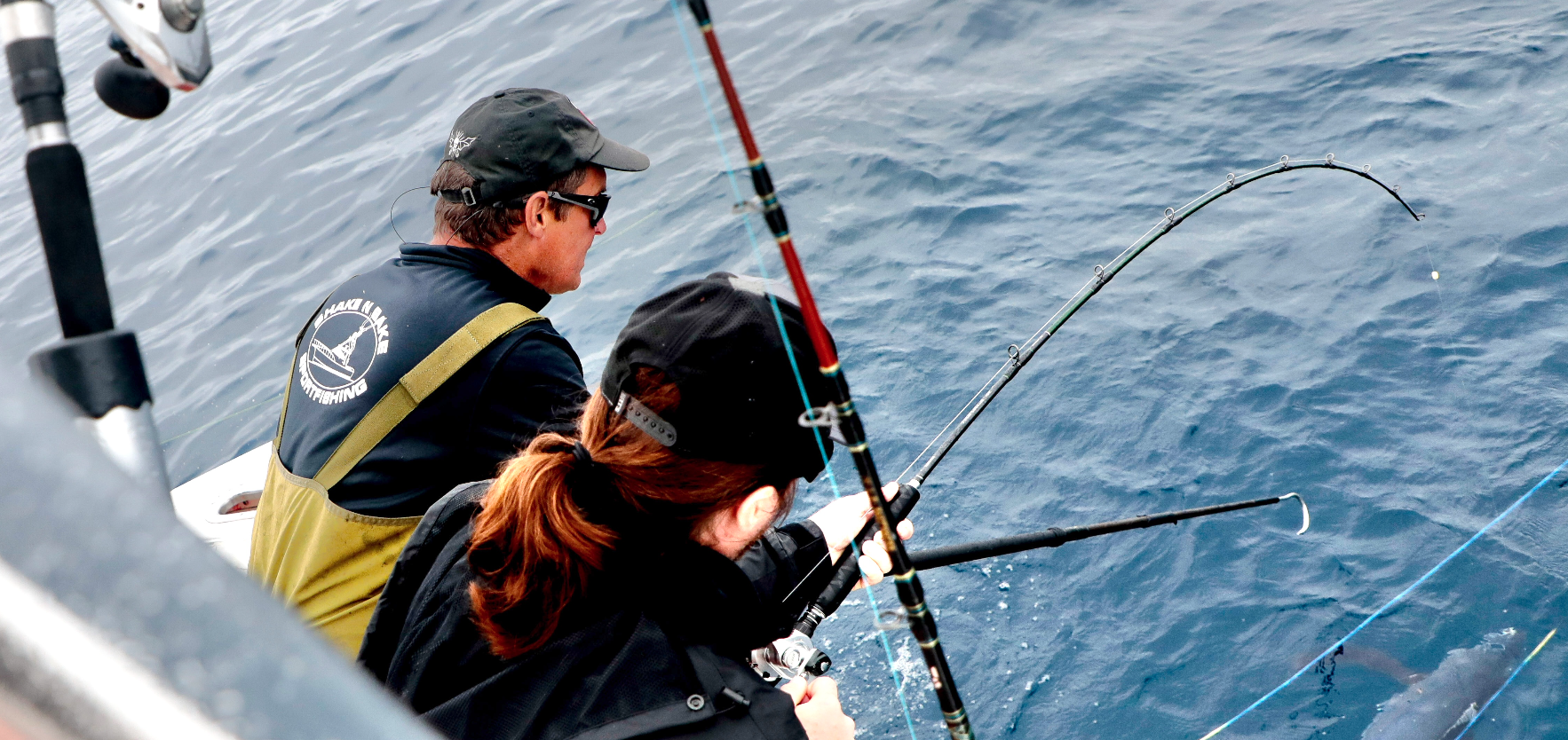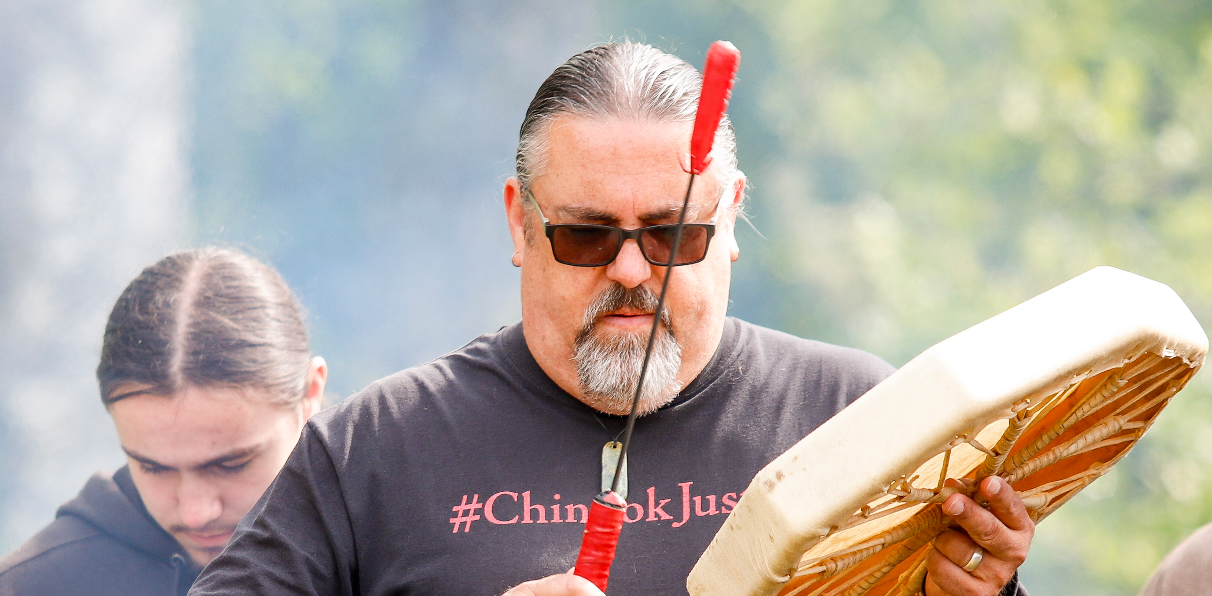Storm Chronicles: Hidden Treasures
Published 5:00 pm Monday, July 21, 2008
“On the Fifteenth day of February in 1982/ the Ocean Ranger was capsized and lost all of her crew,” starts the song that Mary Garvey wrote about losing her friends. All 84 souls aboard were drowned.
Trending
In 1982, Mary Garvey was a graduate student in Experimental Psychology in St. John’s, Newfoundland. She went to sleep listening to the radio while the tragedy of the Ocean Ranger, an oil rig off the coast of Canada, was unfolding. (The story can be found at http://en.wikipedia.org/wiki/Ocean_Ranger.)
When Mary woke, this song kept going through her head. It seemed as if she had written it in her sleep or that it had arrived almost complete.
“It seems like transcription to me,” is how Garvey, Long Beach resident, describes her song writing. “I’m used to stuff coming into my ears.”
Trending
Garvey is currently a transcriptionist at the Ocean Beach Hospital. Doctors dictate chart notes on tape and Mary transcribes them, so she is quite right, she is used to “stuff coming into her ears.”
Hospital transcription is no doubt a skill that is much needed, but Mary’s song writing ability is remarkable on quite a different level. Few people know that Garvey is a song-writer of national repute.
Garvey, born in Longview, eventually came back to her home territory after years in Newfoundland. She worked at a college for awhile, until that job was cut, then she found a job on the Peninsula.
“I went to Newfoundland for graduate school to study rats in experimental psychology but there wasn’t any work,” she says. “What there was, though, was non-stop music.”
She found she had a special talent for writing folk songs, especially old-style sea shanties, the kind that speak about place and tell the story of the people who live and work there.
Mary’s songs have been recorded by nationally known singers and songwriters.
Gordon Bok, Maine resident and well-known among folk singers for his many CDs, was driving from Portland to perform in Astoria several years ago. Mary taped a few of her songs to give to him.
“I didn’t think he would even listen but he ended up recording two of my songs on his album ‘Herrings in the Bay,'” she shares. “There are also a couple on Stewart Hendrickson’s CD, Songs of the Pacific Northwest.”(http://cdbaby.com/cd/shendrickson)
Garvey thinks she has written about 50 songs. Many of them are about our locale. Sometimes she gets her ideas from reading historic accounts in the newspaper.
One of her tunes, “Seaview Bells,” was inspired by an article that appeared in the Chinook Observer describing how Peninsula residents used to come out on the beach and ring bells so their men folk in fishing boats would know where they were in the fog.
“Seaview Bells,” like most all of Mary’s songs, has a catchy, beautiful tune and is the story of hard-working people – in this case, a woman waiting for her fisherman husband to return from the sea.
Another of my favorites is “Astoria’s Bar,” one that Bok liked enough to record. This song speaks about the trials and tribulations of fishing in our treacherous local waters. (The lyrics to several of Mary’s songs can be found at www.mudcat.org/):
It’s not very far to Astoria’s bar
But a very long journey it can be – It can start at the mouth of the mighty blue river
And end at the bottom of the sea.
But the river still shines
and shimmers in the light
As it did in my grandfather’s day
When they rowed all night and fished in the morning
And lived in Willapa Bay.
Garvey is Irish and has just returned from a visit to Ireland. Her great-grandfather was from Dingle and her great-grandmother from Tralee. They came over to the U.S. during the Irish potato famine, but Garvey shares that this was never spoken about, though the ghost of not having enough seemed to hang over her family.
During her visit she began to explore the potato famine and even found some old potato mounds still extant near the coast where her family lived. Again, a song popped into her head about a family, trying to make it over the mountains to a place where the father hoped he would find work, “from Dingle to Tralee…”
The tune is a haunting melody with minor chords and the story is bittersweet. “Are you sure you want to hear it?” Garvey asks, “They eat their donkey.”
Her voice is clear and true. The song is captivating and I find myself humming it long after our visit is over.
???
Another hidden gem working quietly on our Peninsula is Wayne Ivy. His Stickley-style furniture is a labor of love. He generally makes only commission pieces and white oak is his medium of choice. (Some of his pieces are on display at the Long Beach Coffee Roasters.)
All Wayne’s furniture is made and joined by hand with mortise and tenon, dove-tail or half-lap joints. Wayne says of his tables, chairs and chests, “Some pieces have 25 pieces and some have 500. You can handle one piece over 100 times.”
Ali Harrington, another amazing Peninsula resident, is mentoring with Wayne and learning all that she can from this fine craftsman. She relates, “Wayne says if you’re in a hurry, you’d better take up bowling.”
Or as Wayne himself puts it, “Nothing worthwhile is done in a hurry. That’s what I teach, patience.”
Wayne also uses a technique called ‘fuming’ to bring out the color and grain of his wood. He places his finished pieces in a sealed shed, grabs a big breath and pours ammonia into ceramic bowls under each piece before he closes the door.
The wood stays in the fuming room for five to six hours to temper it to just the color he’s looking for. The ammonia works with the tannic acid in the wood to bring out the grain and give each piece a golden hue that seems to radiate from inside the wood.
In the last few years, Wayne has begun to teach a few selected students as a way of passing on his knowledge. Ali is one of Wayne’s favorites, “She’s a delight. When we finish a piece she steps back and says, ‘Hey, that’s cool.'”
From Ali’s point of view, she’s the lucky one, “I’m taking Wayne on as a grandpa and I’m learning so much.”
Ali is petite, blonde-haired and blue-eyed, and an airplane mechanic by training with an ‘airframe and power plant’ (called an A&P) license. She works at Jack’s in the hardware department and, with Wayne’s help, is getting her chops up on woodworking tools and techniques.
Ali says, “I don’t want Wayne Ivy’s furniture to end with Wayne Ivy.”
Wayne puts it this way, “I think it’s God’s gift to be able to create with my own hands.” Then he shares, “It’s amazing the amount of talent on the Peninsula in all different phases of the arts.”
We couldn’t agree more.









